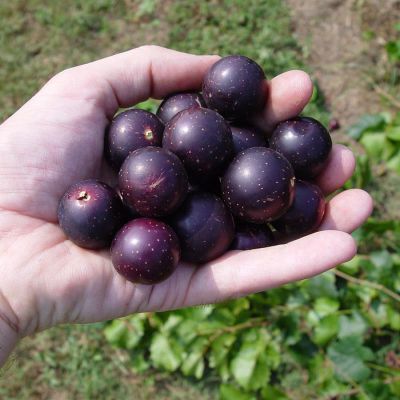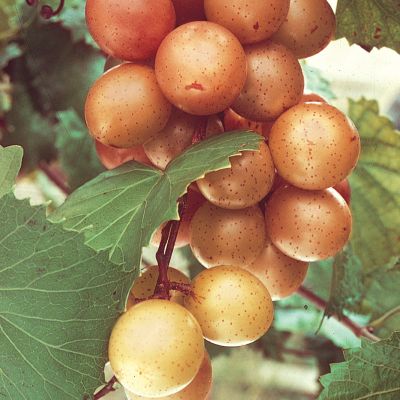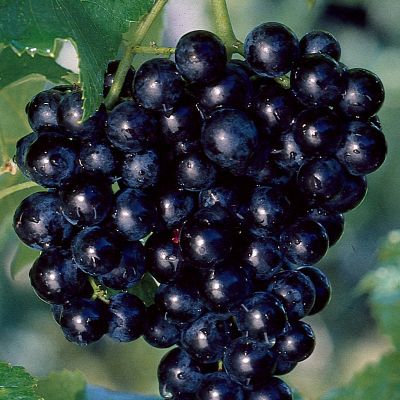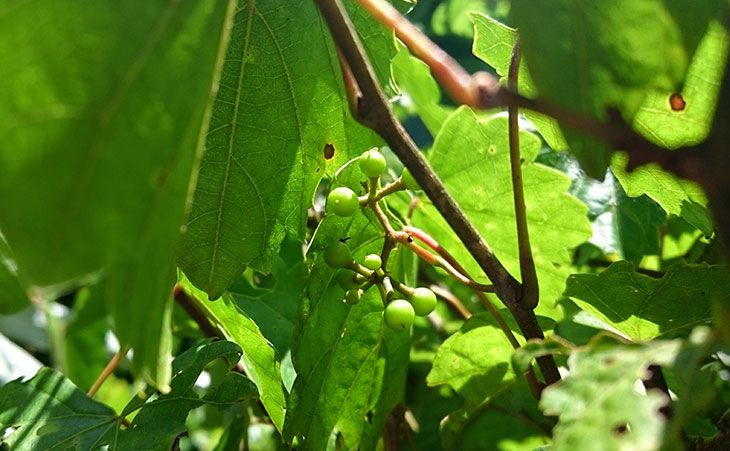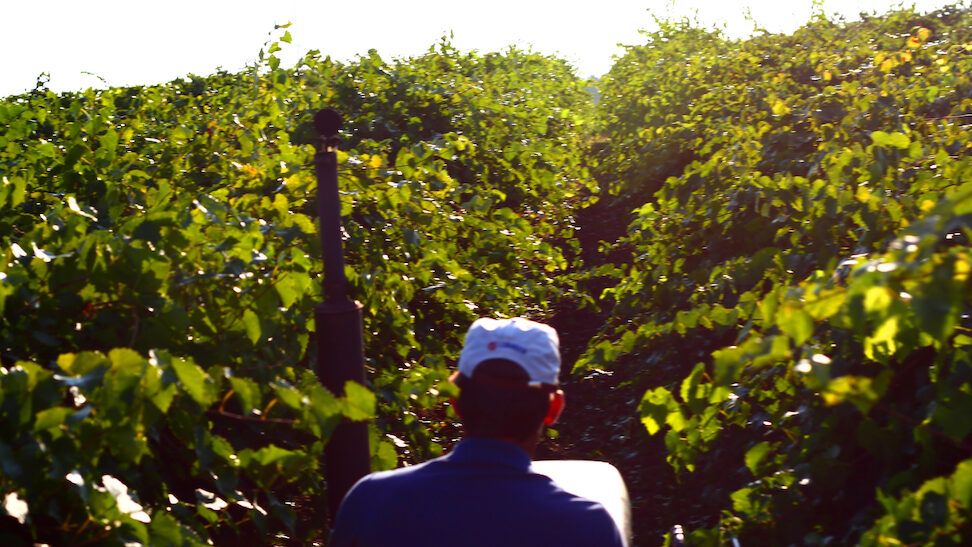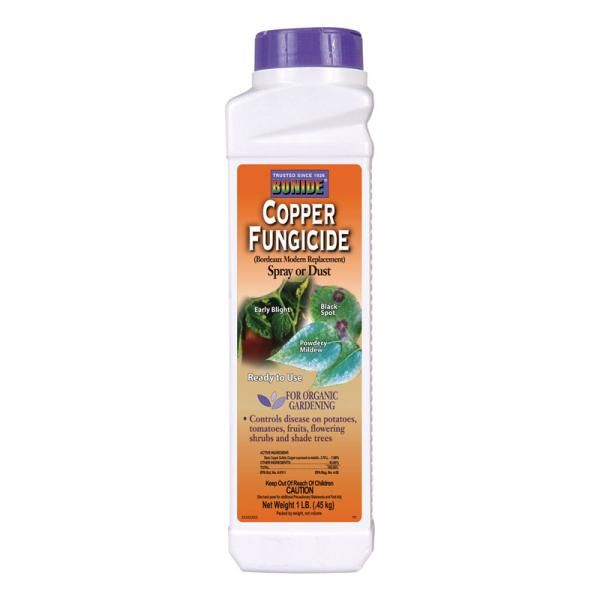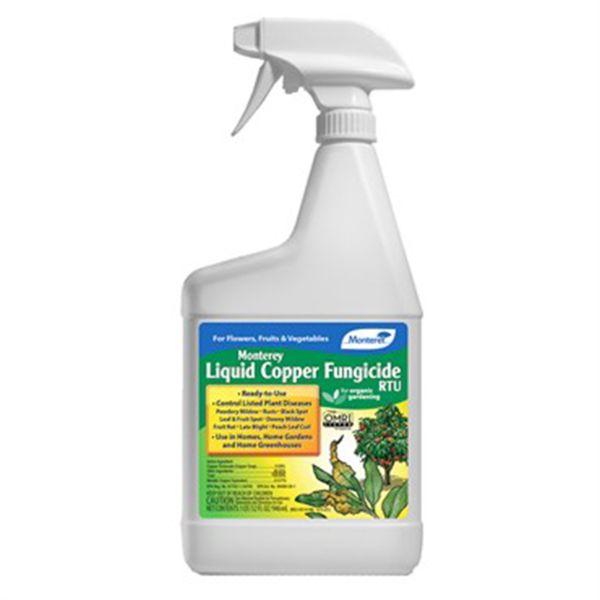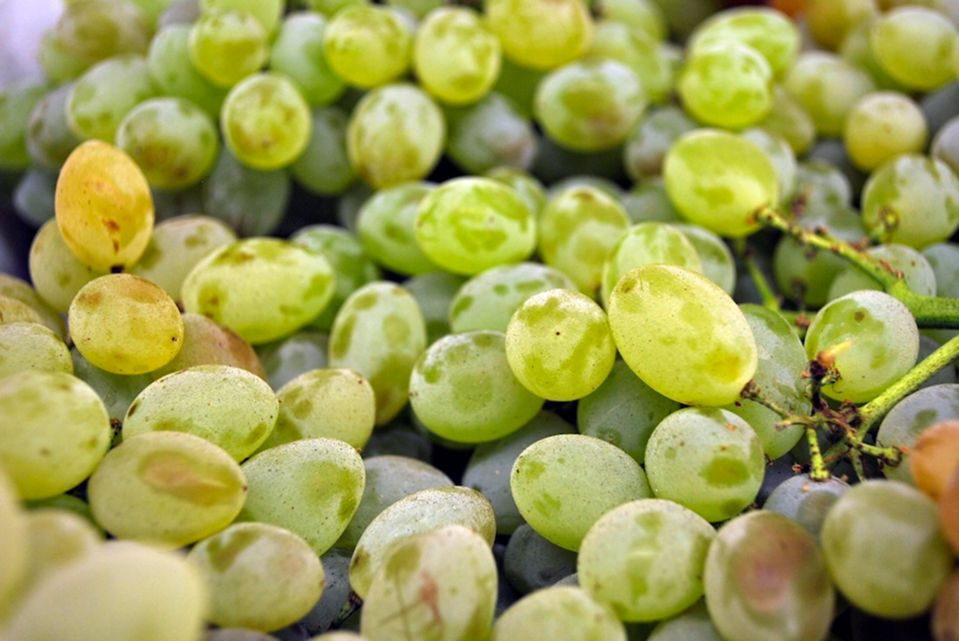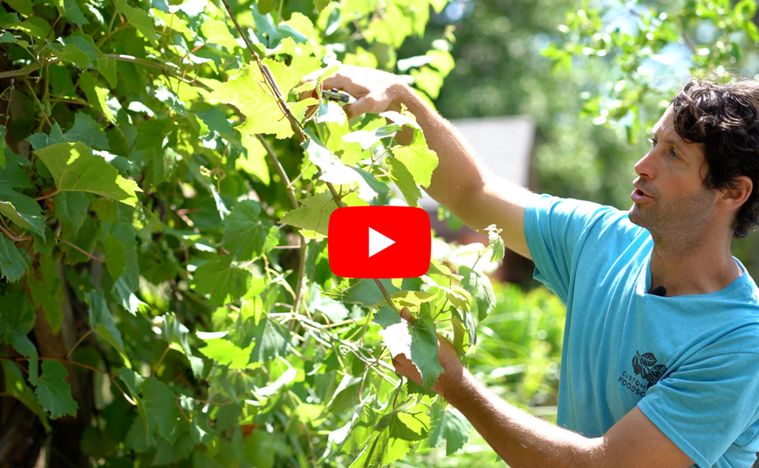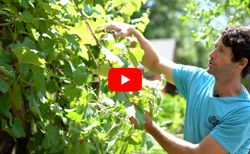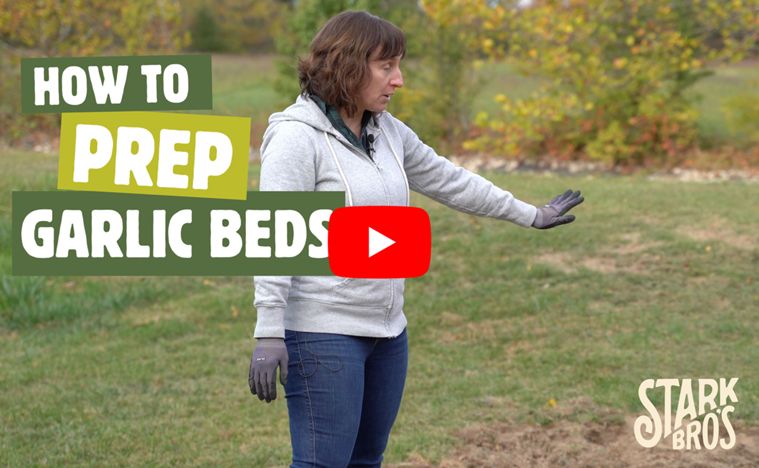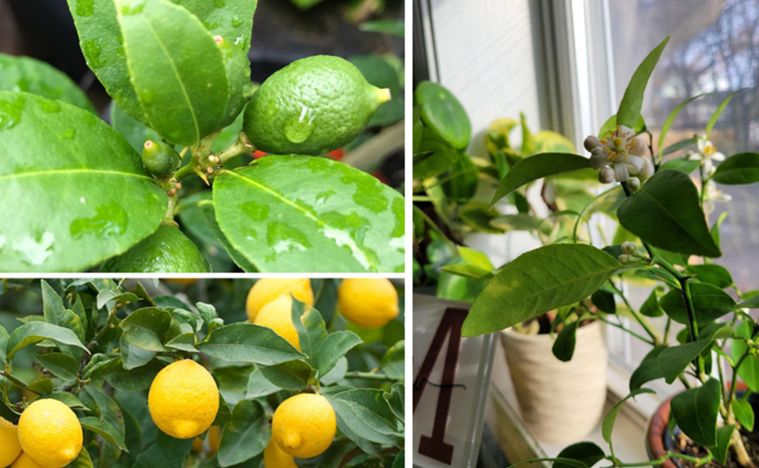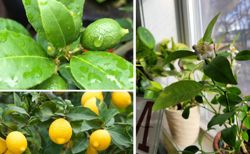Growing Muscadine Grapes
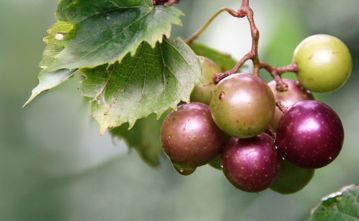
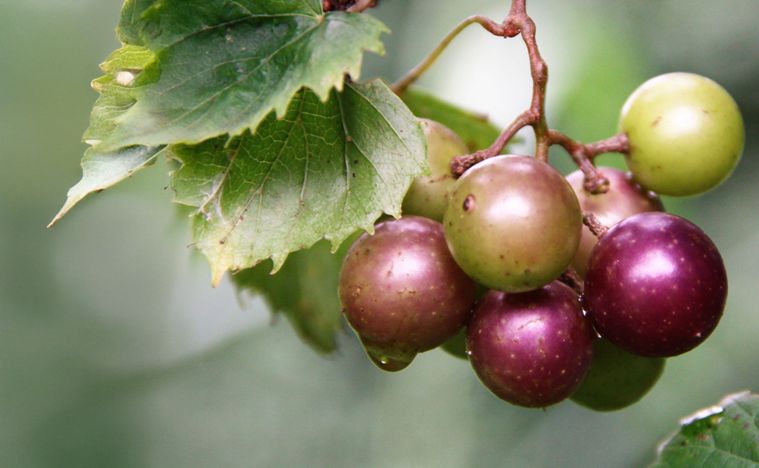
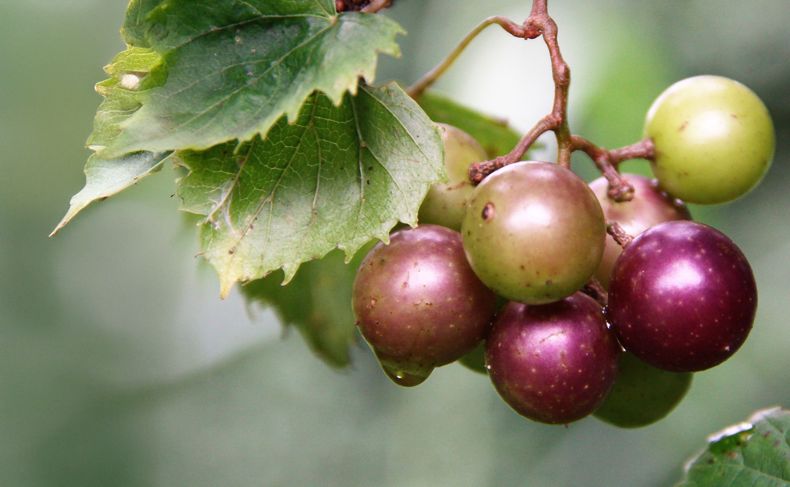
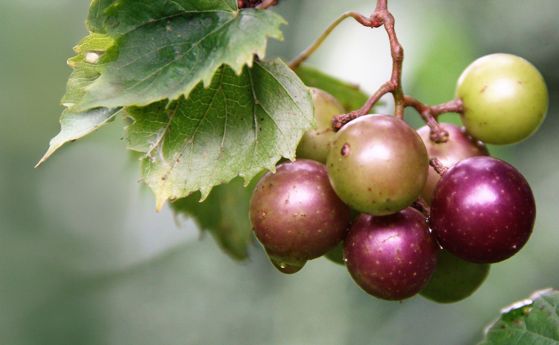
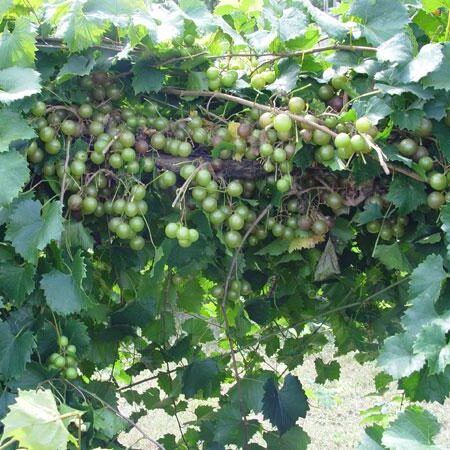
Muscadine grapes are hands-down favorites for home gardeners in warm climates. Follow these tips and enjoy success with growing muscadine grapes.
The fruit is exceptional for making jam, jelly and juice, and some varieties even make outstanding wine. Muscadine vines are known for being a little finicky in northern gardens and, if temperatures routinely drop below 10ºF, fruit production may be minimal. Most muscadines require cross-pollination with at least one other muscadine variety.
Buy the right grape. Muscadine grapes tend to do better in warmer climates, like those of zones 7-9; some varieties of muscadine grapes can tolerate cold down to 10ºF or below. Match your muscadine grape to your location. If you are short on space, pick a self-pollinating variety like Cowart, Nesbitt, Noble, or Triumph, if it will grow in your area.
Scuppernong is the original cultivar name given to the bronze-skinned native American muscadine grape that originated along the Scuppernong River in North Carolina. These grapes are thought to be the oldest and best-known muscadines, and the flavor is a real treat.
Fry Muscadine Grape is also a bronze grape, said to be an improved version of the Scuppernong. This variety originally comes from Georgia. These grapes love heat and humidity.
Scarlet Muscadine Grape features red-tinged fruit on a productive vine. The clusters are typically small, but the fruit quality is good.
Cowart Muscadine Grape is a large and succulent blue-black grape. The vines are self-pollinating, making Cowart an excellent choice to pollinate other muscadine varieties.
Nesbitt Muscadine Grape is a moderately vigorous vine. Originated as a cross between Fry and Cowart muscadine varieties.
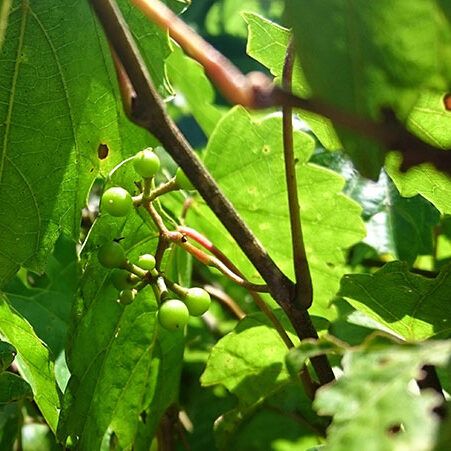
Noble Muscadine Grape is a great variety for processing. The small, deep red/almost black fruit grows in large clusters. Popular choice for making muscadine wine, juice, and jelly.
Triumph Muscadine Grape vines produce large clusters of bronze-pink fruit – excellent for fresh eating with its fresh, sweet crunch. Ripe fruit may develop a slight reddish hue on the sunny side. A cross between Fry and GA 29-49.
Carlos, a relatively recent introduction from the mid-Atlantic region, is a perfect-flowered (self-pollinating) bronze variety. It mimics Scuppernong in size and flavor, and ripens at about the same time. A delicious white-wine variety, Carlos is also a favorite among vintners for its cold-hardiness, disease-resistance and abundant productivity.
Magnolia is a self-pollinating, large, white muscadine; a jewel of the species! The vine is vigorous and very productive. Tara is another similar self-pollinating and high-quality variety.
Growing Muscadine Grape Vines
Choose the right spot to plant. Above all, provide your plant a location with good drainage – grapes do not like wet feet. All muscadines need six to eight hours of sun each day and will thrive in rich, organic soil that has been mixed deep-down with ample compost or soil conditioner. A light application of phosphate-heavy fertilizer (5-10-5) is just right.
Trellis your crop. Muscadines need a vertical support on which to grow. The standard is one vine per 20 feet of fence/trellis. They can also be grown on a pergola or an arbor, whatever works for your space; just allow enough breathing room for each vine.
The right way to plant. Bare-root muscadine vines are best planted in springtime. Dig a hole that is twice as deep/wide as the root system of your grapevine, at the base of a trellis post. Place the bare-root vine in the hole and fan out its roots. Place the root-ball so that the area where its roots begin on the trunk is about 1" below the soil line. Back-fill the hole 3/4 of the way full, then water to settle the soil. Add the remaining soil to fill the hole to ground level, and water once more.
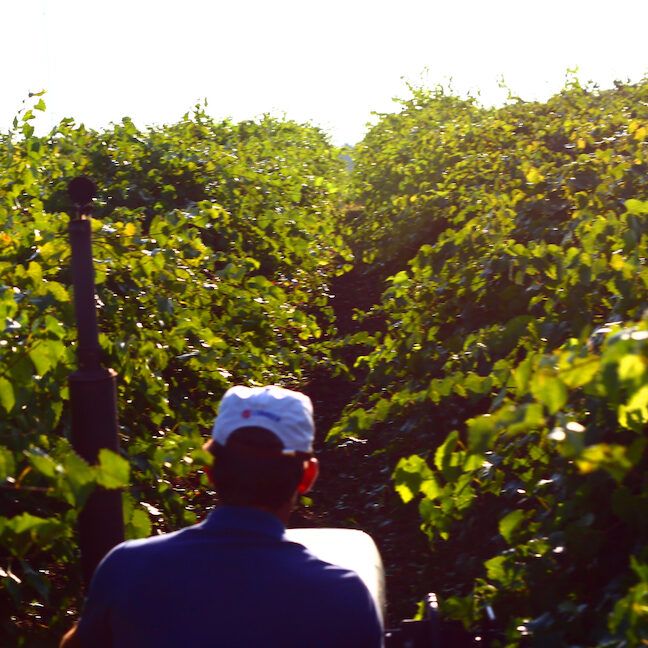
Prune properly. The success of your vine depends in great part on your pruning skills. Just after planting, prune your vine back to only the strongest cane. The next spring, ruthlessly prune back all but the sturdiest canes. Guide those sturdy canes upward as they grow and tie to your vine support. In successive years, keep only the strongest canes, and prune out weak, broken, dead or diseased canes. An excellent, detailed guide on pruning grapevines is available from Washington State University here: Pruning Grapes in Home Gardens: Some Basic Guidelines
Care and feeding. Muscadines can tolerate dry spells once they're established, but when they're young, they need regular watering. Young vines also need irrigation during fruit production to produce plump, juicy grapes. Food-wise, fertilizer applied late in the spring is all that’s needed for your vine to flourish. A time-release 5-10-10 is a good choice.
Harvest time! Now you can literally pick the fruits of your labor. Unlike bunch grapes, muscadines ripen individually over a several weeks in the late summer. You can spot ripe muscadines much like you can tomatoes: they will release from the vine without having to tug.
Disease Control for Muscadine Grape Vines:
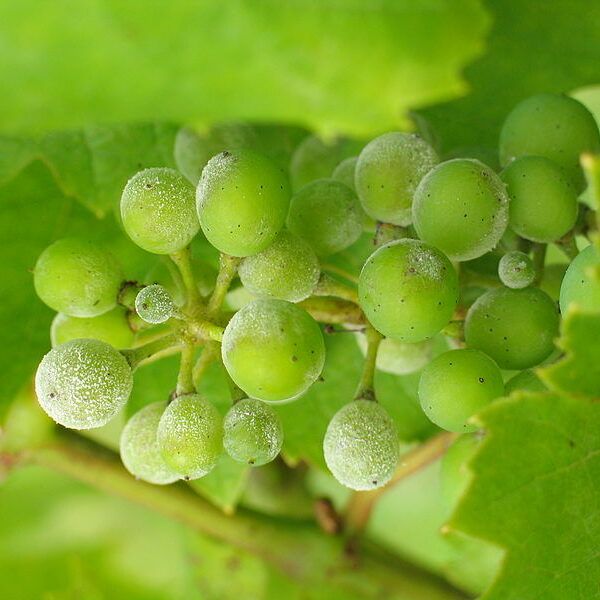
While muscadine grape vines tend to be hearty native plants with good natural pest and disease resistance, some vines (especially in rainy locations) can be susceptible to both downy mildew and powdery mildew, which are different fungal conditions:
- Downy mildew: Spots are angular and are found on the leaf veins. Yellowing usually occurs before you notice the fungus, which grows inside the leaf. Downy mildew is more likely to be seen on the underside of the leaf. It can appear at any stage of cluster development and if left untreated, can systemically kill the vine.
- Powdery mildew: Spots are circular, all over the leaf surface (both top and bottom). Yellowing occurs after the mildew has been active for several weeks.
Control Disease with Copper Fungicide
If you're already a fan of growing your own wine and table grapes, or even if you've never tried to, muscadine grape vines are another great addition to any garden. Find out more about growing muscadine grapes these books: Pruning Made Easy and The Fruit Gardener's Bible.


